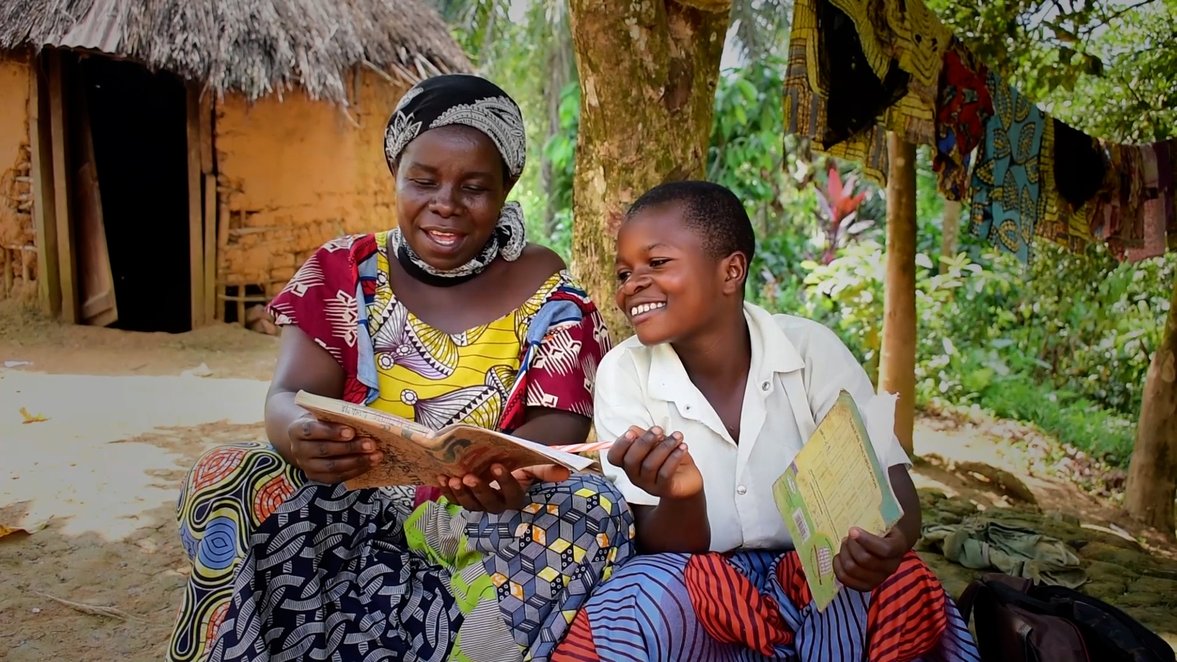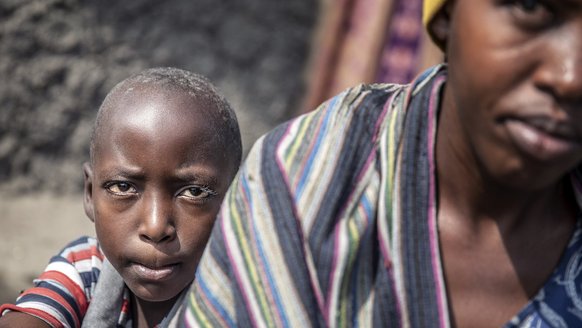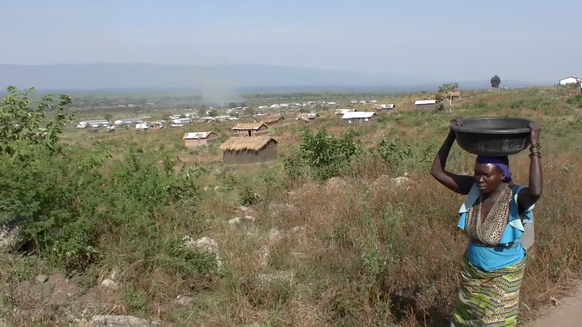Education at Breaking Point for Children in War
Nov. 3, 2021

In 2020 alone, 160 schools in the country were looted or burned. For those schools that are still standing, educational standards are low. The conflict has left 5.9 million children in urgent need of education. In a recent report by Save the Children, the Democratic Republic of Congo was ranked as one of the eight countries in the world where children’s education is at ‘extreme risk’.
Improve lives
War Child is working to protect children from missing classes and shield them from violence and exploitation in their journeys to and from school. Lamegie (12) was not attending school and lagging far behind her peers when she was registered on a three-month catch-up class.
“I am learning Swahili, French and mathematics,” she says proudly. Her mother, a farmer, supports her education but struggled without help. “I want my children to have an education,” she says. “This is the only way they can work towards a better future."
War Child provides educational supplies and protection services where needed to enable children to learn and stay in school. Hundreds of teachers and parent committee members have been trained to improve child safeguarding and governance in schools as well as monitor the quality of education.
Catastrophic price
For Lamegie, the change has been pivotal. But in DR Congo and in conflict areas around the world, children are paying a catastrophic price due to limited, substandard or non-existent education.
According to Save the Children, out of an overall annual spend on education ($4.7 trillion), only $22 billion (0.5% of the total) is spent in low-income countries.
This gaping disadvantage has been compounded by the economic effects of the COVID-19 pandemic. Research by War Child and World Vision reveals many children may never return to school. Girls are at greatest risk, due to an increase in household chores and caregiving responsibilities. In some cases, girls are married at a young age to alleviate family poverty.
Whole generation
Tens of millions of children living in conflict areas are in urgent need of education. Yet most don’t receive it. This has long-term consequences for their mental health and well-being - and is taking an immense toll on a whole generation. We must act now and reach as many children as we can, as quickly as possible.

